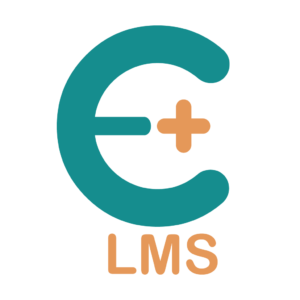[ad_1]
How Blockchain Is Poised To Disrupt The Education Sector
Education has undergone tremendous changes, from traditional classroom settings to eLearning, and now we have progressed to blended learning. The COVID-19 pandemic accelerated the adoption of digital learning, and schools worldwide began using online platforms and Learning Management Systems (LMSs) to teach students. Blockchain technology is also poised to revolutionize the education industry. Blockchain has the potential to transform how academic data is managed, and how teachers and students interact. Let’s look into how blockchain technology might affect education in the future.
6 Ways Blockchain May Affect Education
1. Smart Contracts For Courses And Assignments
Smart contracts on blockchains could also make educators’ jobs easier. A smart contract comprises lines of code that are programmed into a blockchain and executed automatically when certain conditions are met. Smart contracts can also be used to manage course content and distribution. They can automate the delivery of course materials, such as readings, videos, and quizzes, and track student progress and completion of assignments. This can help to reduce administrative workload and improve the overall organization of courses.
2. Student Record Keeping
The market for fake degrees (certificates) is increasing along with online learning. This is becoming a major concern for many businesses and educational institutions worldwide. So, a blockchain can easily solve this problem with certification management, where the universities can store the certificates on the blocks as immutable entries. Students may readily share these credentials using exact URLs in their email signatures, social media profiles, and resumes. Many blockchain development companies provide such certificate and identity management services. Since blockchain is decentralized, all the documents are stored in the blockchain and are immutable and verifiable since it is transparent.
3. Cryptocurrency For Rewards
Transferring documents and having them verified when a student changes schools is a laborious procedure that takes a lot of time for the student, the teacher, and the administration. Blockchain technology can be used to streamline the verification process in schools and universities. We are awarded scholarships, trophies, and rewards for our outstanding performance in extracurricular and academic activities, but blockchain technology also enables us to provide kids with tangible prizes in the form of cryptocurrencies like bitcoins. Teachers can use gamification to reward their students in online learning environments for finishing modules or other assignments. Learning Management Systems’ gamification features aid in tokenizing all rewards as a digital currency.
4. Digital Badges And Credentials
One of the most important applications of blockchain in eLearning is the creation of secure digital badges and certificates that can be easily verified and displayed on one’s digital portfolios. Smart contracts can be used to incentivize and facilitate peer-to-peer learning and collaboration. They can be programmed to reward students for contributing to online discussions, or for providing feedback on their peers’ work. This can help create a more engaged and interactive learning environment, and help students develop their critical thinking and communication skills.
5. Ease Of Certification Authenticity
Blockchain’s distributed ledger technology can enhance transparency and accountability in the educational field. It can create an immutable record of educational data, including transcripts, degrees, and certifications, that is verifiable and tamperproof. This means that academic achievements can be validated with complete accuracy, and employers can be confident in the skills and knowledge of job applicants.
When a student transfers from one school to another, the transfer of documents and their verification is a time-consuming process. The verification process can be streamlined by introducing blockchain technology into schools and colleges. When a student transfers from one institute to another, the student records can be easily transferred to the new institute by granting access to the blockchain. Some blockchain development companies develop and issue certificates that are immutable and non-forgeable, but easily verifiable for authenticity.
6. Reduced Cost
This can also be extended to situations in which the grades of students, who travel to other institutes as part of exchange programs, can be easily shared across institutes by providing necessary access, which reduces the administrative costs.
Conclusion
The convergence of the physical world with Virtual Reality and Augmented Reality has accelerated, causing disruptions in various economic sectors worldwide. Blockchains, a newer technology when compared to traditional centralized databases, provide increased efficiency and storage capacity. Cryptocurrencies, blockchain, and metaverse initiatives are already changing the financial industry. Thus, incorporating these into an academic curriculum will not only provide more opportunities to the youth, but will also establish a framework that is effective, economical, and easily serves all strata and provides more outreach for all students. while making learning a pleasant journey. Overall, a blockchain development company can help education institutions streamline their processes, reduce costs, and enhance the quality of education through blockchain technology.
Further Reading:
[ad_2]
Source link

